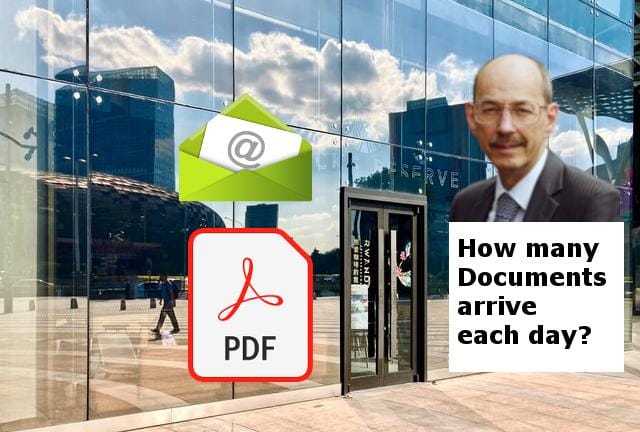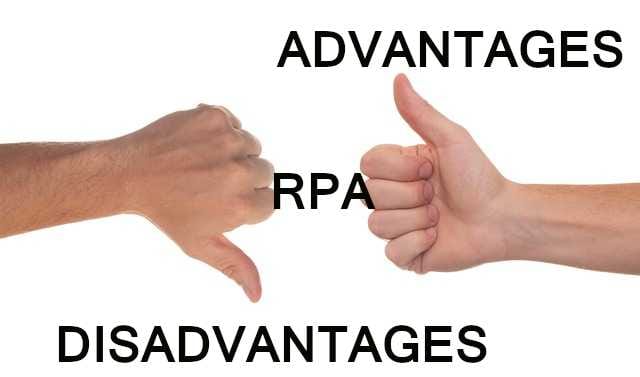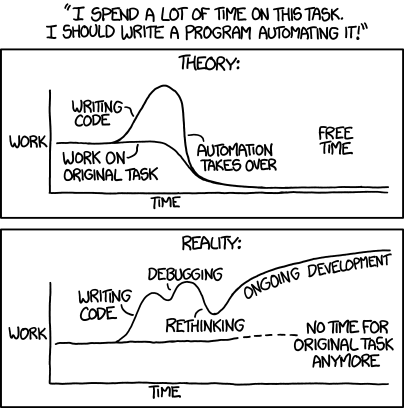BPA - Business Process Automation
What is BPA? Business Process Automation (BPA) enables tasks to be completed without requiring manual work by staff.
Automation of Routine Work – Why use staff for predictable Routine activity?
The aim when implementing BPA is to achieve a level of “Straight Through Processing (STP)” for routine work. People are used to handle any errors or un-certainties that arise in the automated workflows.
By adopting an 80:20 approach, BPA can effectively deliver the benefits for the standard work and people can focus their efforts on dealing with the unusual, the un-expected and the complex.
The concept is simple.
What is Process Automation?
BPA is often referenced as just Process Automation as the business context is taken for granted.
Within a business, processes exist in all shapes and sizes.
A process might contain a sequential linear set of tasks, or might contain many branches to alternative combinations of tasks, or collections of tasks that can be executed in parallel.
How to define a Process?
A Process is usually described in terms of:
- Inputs
- Outcomes
- Work undertaken
- Order of tasks for activity with the Process
- Logic for variations within the Process
- Roles and Responsibilities for during the performance of the Process
- Security requirements, segregation requirements, auditing, logging and notification standards
- Expected volume of process execution
- Time constraints
- Dependence on other Processes
- Business recovery and continuity objectives for the Process
The actions of Process Mapping and Process Documentation can be useful for any established business that does not already have such material. Experienced consultants can facilitate input from groups of staff involved with performing and managing the activities covered by a process.
Ether Solutions has consultants with extensive Process Mapping experience that can organisations create, update and review documentation. Being external, there is a significant skill in facilitating groups of business to articulate the processes, the intricate details and the challenges that exist in adopting the process.
The act of communication on the details and objectives of a process is often educational for all involved. Effective workshops gain buy in and inspire staff. Investing in a consultant to facilitate sessions is far better than failed discussions that lose focus, or demotivate staff.
Various stand alone software tools can be used to capture the process workflows described during the activities.
Ether Solutions reference is to capture the details directly into Process Automation software.
It does not mean that every process which is captured in the documentation has to be automated, but it gives consistency of definitions and the same starting point for process or sub-process that is suitable for automation.
What is Process Discovery?
For established businesses there can be situations where the documented way processes are performed may differ from the way processes are actually caried out by staff on a day to day basis.
Process Discovery software can be installed in an environment to monitor in detail the actions that staff perform during their daily work.
The Process Discovery software can undertake statistical analysis on the detailed information it has capture to determine the actions staff perform to achieve the business outcomes required. Using AI to perform the pattern matching, the way different groups of individuals perform the same tasks can be revealing.
Sometimes Process Discovery will highlight different ways that staff work, for example progressing tasks to a certain point, parking the activity and returning to complete tasks at a different point in the day.
Process Discovery software is expensive and most effective when there are big teams operating the same process.
Does everybody know the Process?
Standard Operating Procedures (SOPs) are common in many businesses, they provide the description of what needs to be done and how it should be done.
Most people do not look at a documentation manual everyday while doing their job. There is a large amount of routine work, that staff recognise how to perform.
As staff change overtime, the level of education for the staff will vary and the detailed knowledge about a Process can get diluted.
WDWDLT – “What Did We Do Last Time”
Senior staff who have been on the team for a long period will have a memory of how to handle the more unusual situations for a Process. Such business knowledge is only discovered as missing from documentation when experience staff leave an organisation.
BPA Implementation Tip
When considering automation of a business process, it is useful to observe how a junior person undertakes the process and compare it with how an experienced member of staff completes the process. Any variations can be important parts in the way an automation will need to work.
Getting started with BPA
When starting with BPA there will be many questions, such as:
What are the benefits of BPA?
Consistency of processing and the release of staff effort from performing routine work and the largest benefits of BPA
What are the risks of BPA?
When BPA is performing work automatically, staff do not have visibility and therefore not able to alert the business to anything suspicious (i.e. Errors or Fraud).
As reliance on BPA increases, any in ability to use the automation could leave the business unable to undertake the workload on a manual basis.
When is BPA not appropriate?
Automation of a business process is not appropriate if there is a lot changes that occur in the way the process is deployed. Effectively, if there is not a stable state for the process with predictable variations and predictable outcomes, the process is not suitable for automation with BPA.
Considering BPA but not quite sure Contact us to discuss and gain the benefit of our experience.















